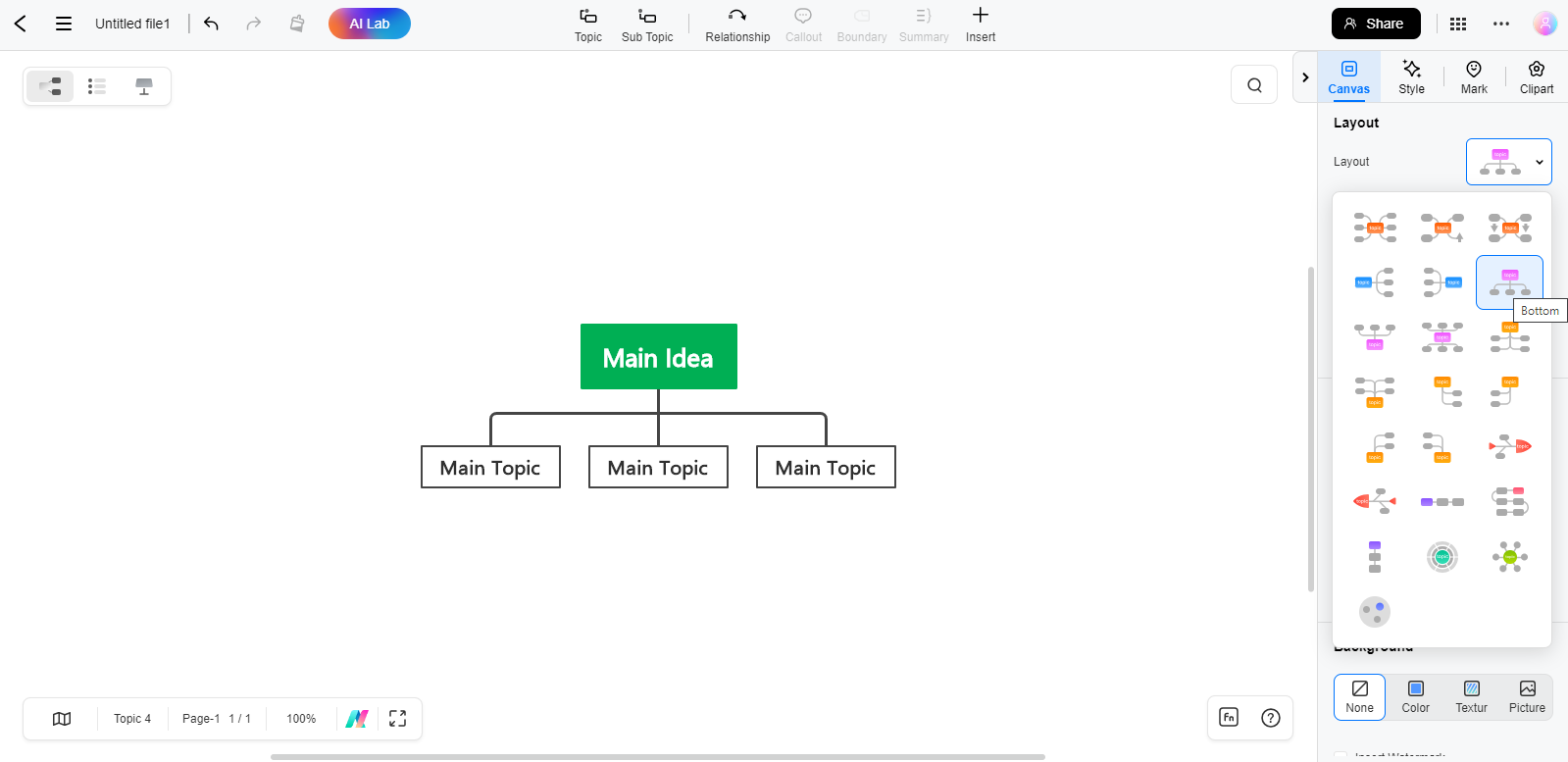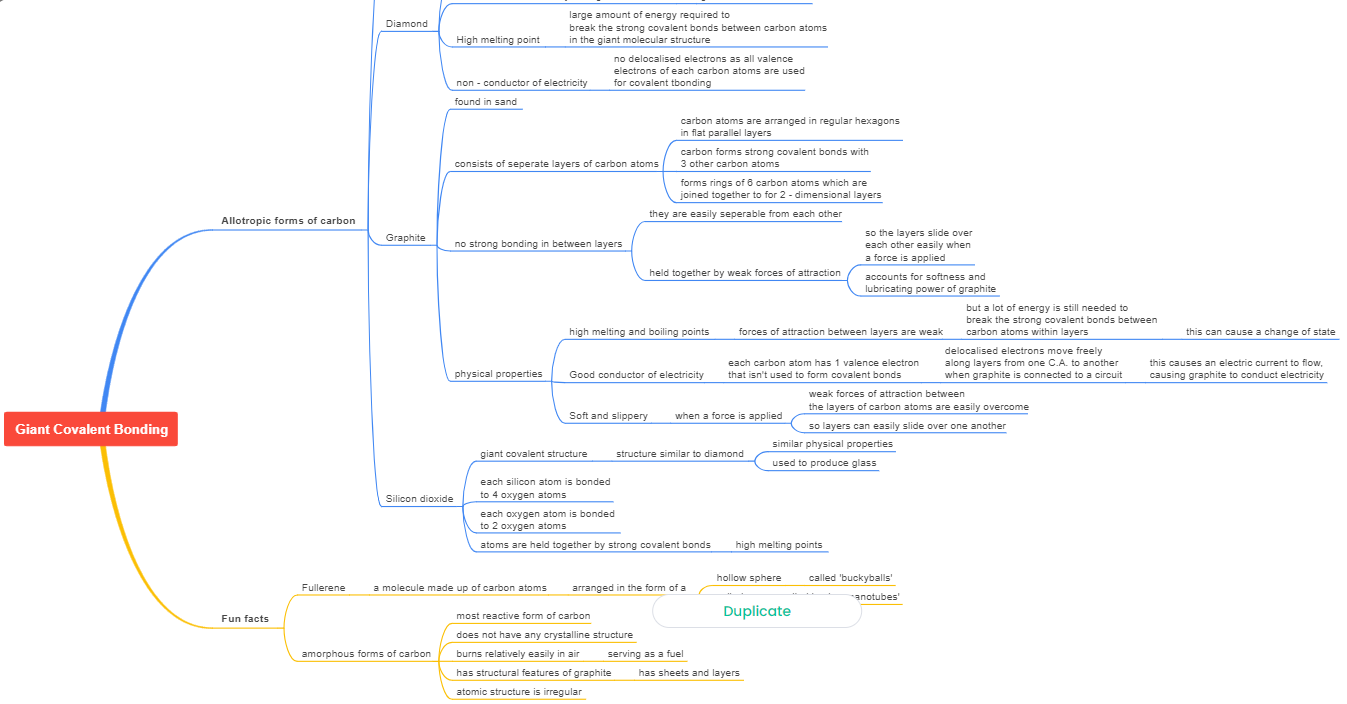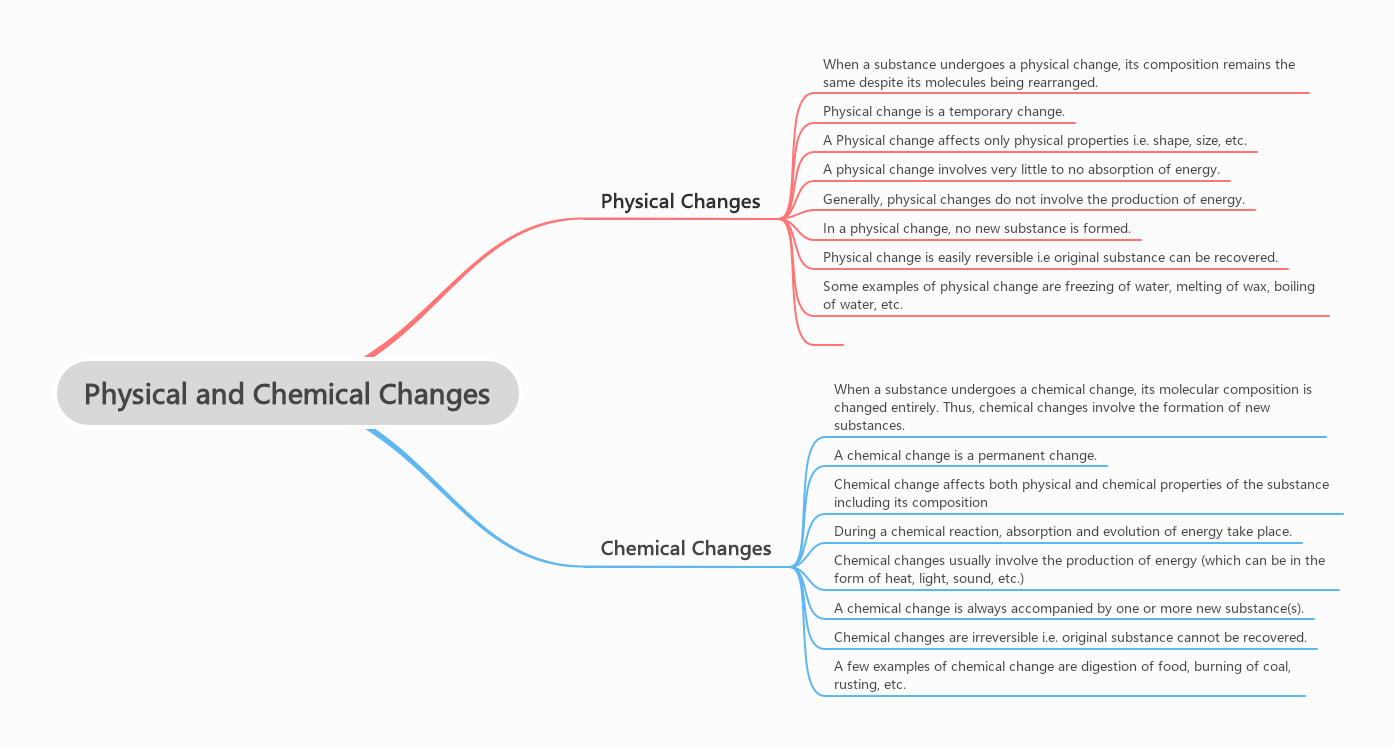Chemistry is one of the key branches of science that studies the behavior and properties of substances to observe what exactly happens when chemical reactions change them. Chemistry has a couple of fundamentals, including but not limited to the periodic table, oxidation, reduction, inorganic nomenclature, chemical bonding, and chemical equilibrium.
Out of all the fundamentals of Chemistry, chemical bonding has a special place. Since it is a comprehensive subject, many people find it difficult to understand, especially with the text-based information. This is where you can use a concept map for chemical bonding for better understanding. This read shares a quick overview of chemical bonding and creating its concept map. Some chemical bonding concept map templates are also part of the discussion below.
In this article
Chemical Bonding: What Should You Be Familiar With?
A chemical compound is formed by the bonding between two or more ions, molecules, or atoms. This process is commonly known as chemical bonding. A chemical bond ensures that items are together. Simply put, the connection between different atoms when they are attracted to each other and form a molecule is what chemical bonding is.
Chemical bonds often keep atoms together for an indefinite period until you break them with some external force. The most common types of bonds are ionic and covalent bonds, but their nature may vary. An atom (with less energy) gets sufficient energy from the chemical bond when it is connected to other atoms.
There are two major types of chemical bonds, i.e., primary bonds and secondary bonds. They both are further categorized. Metallic, ionic, and covalent bonds fall under the category of primary bonds. Van der Waals and hydrogen bonds are the types of secondary bonds. The range of secondary bonds is longer than primary bonds. Similarly, secondary bonds are weaker compared to primary bonds.
Chemical bonding offers a wide range of benefits, like determining molecular geometry and shape, and physical properties. Further, the process of chemical bonding helps produce new compounds and molecules. It is crucial in designing a new material. Moreover, a chemical bond plays a key role in the chemistry of living cells. Interestingly, many research scientists have associated the existence of the world with chemical bonding.
Learn to Make a Concept Map for Chemical Bonding
In the above section, you have seen what exactly chemical bonding is. Now, this section is all about creating a concept map for chemical bonding - the easiest way to understand this subject.
You can create chemical bonding concept maps manually on paper or digitally in a tool. Creating this diagram manually is relatively easy. This section will help you learn to make a concept map using a reputable diagramming tool, Wondershare EdrawMind.
With pre-built concept map templates available in EdrawMind, you can do the job easily and quickly. You get full control over customizing your map. The free trial with all basic features is something that has convinced millions of people around the world to try EdrawMind.
You can easily access both desktop and online versions of EdrawMind. Let’s go through the steps you need to follow when creating a concept map with the online version of this tool.
Step 1Open EdrawMind Online. Click on “New,” and you will see a new small window on your screen. Choose “MindMap” from there.

Step 2A new layout will be opened on your window, as shown in the image below. You can change the layout style and text.

The layout chosen in this example is displayed below.

Step 3It is time to put the desired content on your map and make other changes that match your needs.

Step 4You can export your chemical bonding concept map once it is ready. All you need to do is to click the three dots and choose “Export.” You can also download the source file directly.

EdrawMind also enables you to share your diagram online with your digital community. For this, hit the “Share” button and copy the link. You can also enter the email address of the person you want to share your map with.

This is how, within 3 easy steps, you can create a concept map for chemical bonding in a matter of minutes using Wondershare EdrawMind.
Editable Concept Map Templates to Benefit From
Here, we will see some pre-built concept map templates for chemical bonding. They all are created in EdrawMind, an unmatchable concept mapping tool.
1. Giant Covalent Bond Template
This template talks about giant covalent bonding with two major things: fun facts and allotropic forms of carbon. The “fun facts” branch is further divided into two categories: fullerene and amorphous forms of carbon. According to this diagram, fullerene is made up of carbon atoms that are arranged in the form of either a cylinder or a hollow sphere.
If we talk about the second branch of fun facts presented in the diagram below, it says that the amorphous form of carbon does not have any crystalline structure and has the structure feature of graphite. The atomic structure is also irregular in nature, and it bumps easily in the air. If you want to make a similar chemical bonding concept map, try this editable template.
☘️Explore creative Concept Map Templates with EdrawMind! Learn to craft stunning visuals effortlessly, whether you're a beginner or pro. Click now for seamless concept mapping!
2. Chemical Bonding Definition & Types
According to this concept map template, chemical bonding is something where different atoms combine to form a molecule. Every item possesses an octave configuration. The types of chemical bonds this template displays include ionic bonds, covalent bonds, and metallic bonds.
You can read through the information in the image below to understand that a covalent bond is formed between two nonmetals, and it happens due to electron sharing. In contrast, an ionic bond forms between one nonmetal and one metal. This happens because of the gain or loss of electrons.
Similarly, metallic bonding occurs when a metal consists of an orderly arrangement of positive metal ions. The top characteristics of compounds formed due to metallic bonding include hardness and malleability. Moreover, they are good electrical conductors. They have a high boiling and melting point.
3. Chemical Changes Concept Map Template
This EdrawMind template talks about both chemical and physical changes. Let’s focus on the chemical changes first, which are presented below. The molecular composition of a substance changes completely when it undergoes a chemical change, as this change is permanent. A chemical change affects both chemical and physical properties.
When a chemical reaction occurs, either evolution or absorption of energy takes place. You can’t recover the original substance once it undergoes a chemical change. Some examples of it include rusting, coal burning, and food digestion.
In contrast, a physical change is temporary. It involves very little or no energy absorption, and no new substance is formed as the output. A few examples of physical change include boiling and freezing of water and melting of wax.
You can explore the EdrawMind gallery for a number of ready-made concept map templates for chemical bonding. They are all editable and help you get the job done within minutes. Try them for an unforgettable diagramming experience.
Final Words
The formation of a compound when two or more atoms, molecules, or ions combine with a chemical bond is known as chemical bonding. This process holds atoms firmly and keeps them together for a long until you break the chemical bond by exerting an external force. The chemical changes are permanent, and you can’t revert them.
It often becomes tricky for people to understand the concept of chemical bonding. If you are struggling with the same, try a concept map for chemical bonding for a meaningful understanding. This diagram makes the whole idea super easy for you to grab the key points and save them in your mind instantly.
This is the reason concept maps have proven to be excellent tools for memory retention and organizing information. If you are looking for reliable software to create a chemical bonding concept map, try Wondershare EdrawMind. It comes with many built-in concept map templates, font styles, layouts, font sizes, clip arts, and the list goes on. More importantly, you can use it for free in the beginning to test the basic stuff.





 below.
below.  below.
below. 

